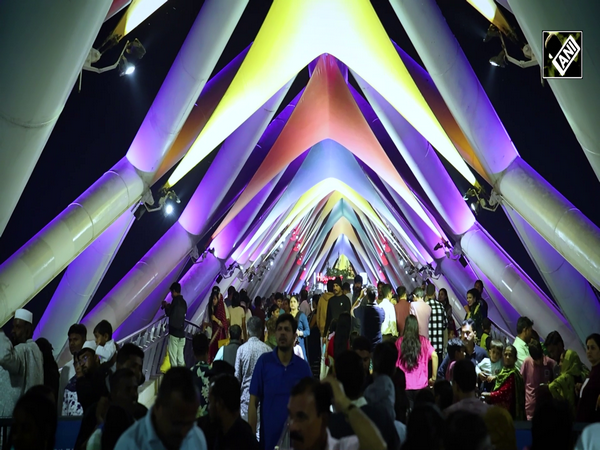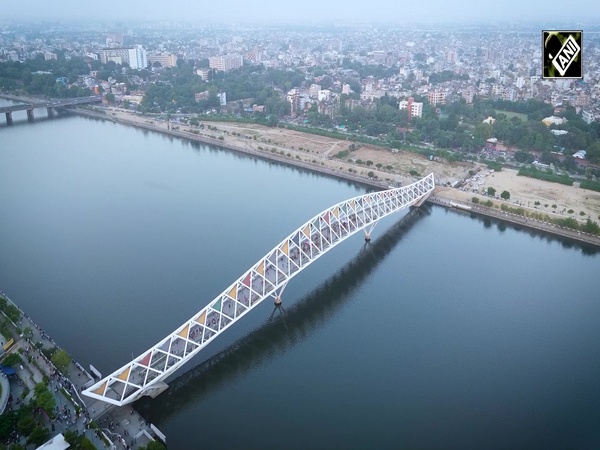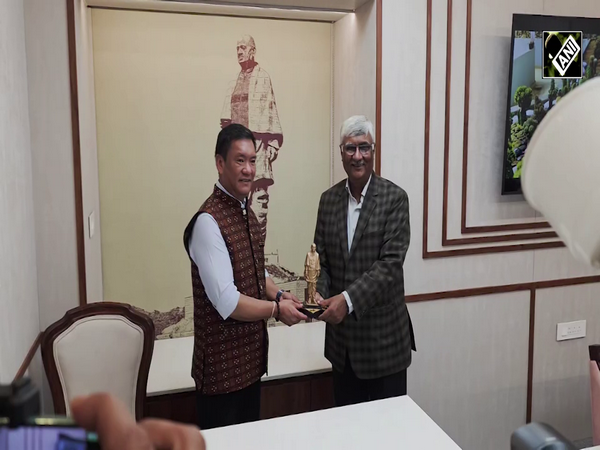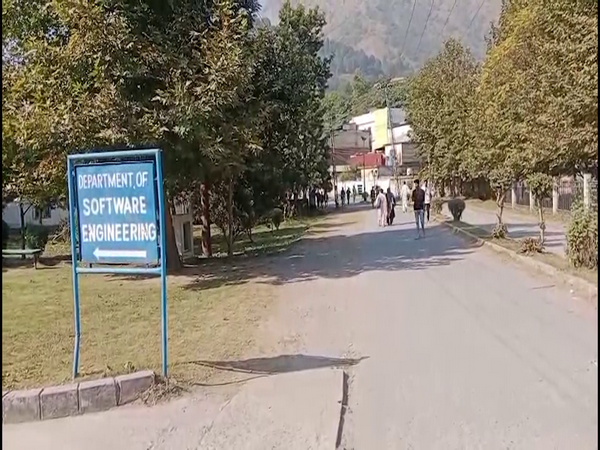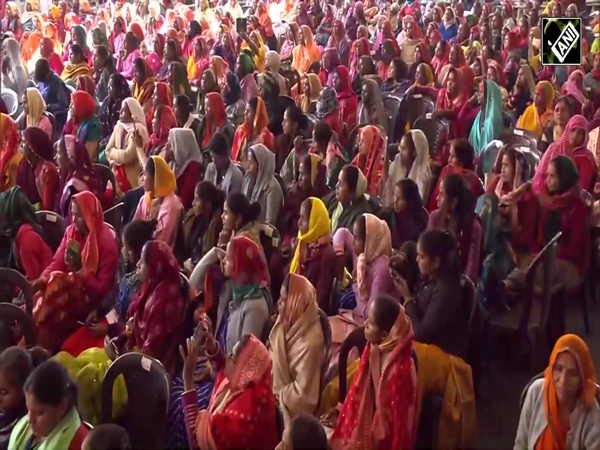Singapore labour shortage deepens amid entry ban on India, S Asian countries
Jun 02, 2021

Singapore, June 2 : After Singapore banned arrivals from India and other South Asian countries due to fears of an explosive Covid-19 outbreak, the country is now facing an increasing coronavirus-induced labour shortage - spraining its economic model.
Foreign nationals comprise about a third of the total workforce in Singapore, where construction and shipbuilding sectors rely heavily on low-cost labour especially from India and Bangladesh, says Kentaro Iwamoto in the Nikkei Asia.
Even before Singapore stopped entries from India and other South Asian nations, departures and tighter travel rules were already keeping foreign workers away from the country.
According to Iwamoto, the crunch has led to delays of construction projects by as much as a year, resulting in a surge of 30 per cent in the price of labour and sparking worries over excessive workloads.
"Some workers have even told us that they have been forced to work double shifts, each shift eight hours, for at least half the week since last year," Nikkei Asia quoted Desiree Leong, casework manager at the Humanitarian Organization for Migration Economics, a local rights group.
The number of migrant workers in Singaporean building sites, shipyards and factories plunged by 16 per cent in 2020 to 311,000, according to government statistics. The total number of international workers also decreased by 14 per cent.
Meanwhile, the bans on short-term travelers and long-term pass holders from South Asia, which remain in place even though India's second wave of the Covid-19 pandemic has eased.
Although the government last week maintained its annual growth outlook for this year at 4 per cent to 6 per cent, it warned the recovery's speed would be uneven across industries and flagged the manpower shortage as a drag on construction, reported Nikkei Asia.
"Recent border restrictions on the entry of foreign workers from South Asia will exacerbate ongoing severe labor shortages at construction worksites and shipyards," the Ministry of Trade and Industry said.
Singapore's construction sector shrank by 36 per cent in 2020, while COVID-19 clusters in crowded worker dormitories shut down work sites. Despite the situation stabilising, the industry's decline continued in the first quarter of 2021, with a 23 per cent year-on-year fall.
Project delays in Singapore risk slower real estate sales, stalled facility openings and, potentially, weaker consumption. Thus, industry groups of the country are urging the government to reopen the border for South Asian workers. They argue housing, hospital and transit line projects will be "badly disrupted" if the entry ban continues.
Apart from Singapore, Vietnam's plans to send 500,000 workers abroad in the five years through 2025 have been cast in fresh doubt, partly due to border restrictions in key destinations like Japan, Iwamoto writes.
Regarding long hours of work, the Humanitarian Organization for Migration Economics says some migrants have been reported working 14 to 16 hours a day and six days a week.
On May 17, nine construction-related industry organisations warned that the current workforce is "already working at maximum capacity, increasing the risks of workplace incidents."











